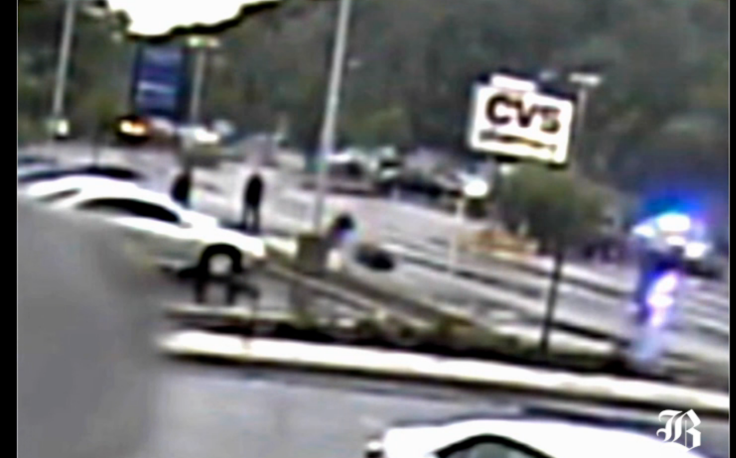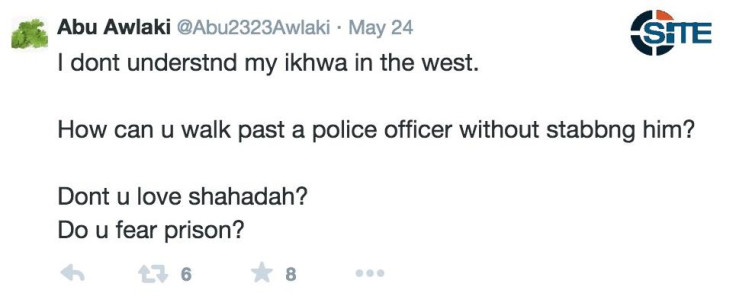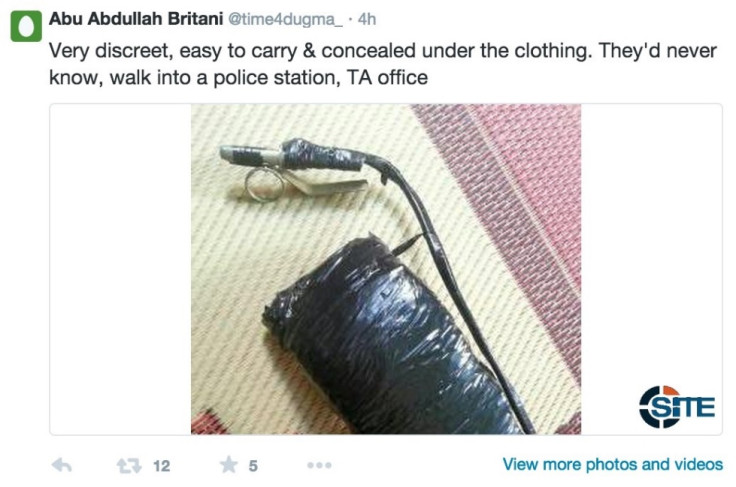Usaama Rahim: Is Isis 'f**k the police' Twitter campaign driving US lone wolf attacks?

On June 2 Usaama Rahim was shot and killed by members of the Joint Terrorism Task Force in Boston. The 26-year-old, a known terror suspect, was gunned down after being surrounded.
Reports suggest Rahim was wielding a knife, and the FBI has suggested that he and his nephew, David Wright, were planning to behead a police officer. Wright had been arrested hours before Rahim was killed.
Worryingly, this plan would be consistent with recent violent incitement posted online by recruiters and fighters with the Islamic State, or Isis (it has also been reported that Rahim 'liked' Isis on Facebook).
According to court documents, Rahim stated in a phone call on the morning of his killing that he had changed his plan to commit an attack in another state, saying he couldn't "wait that long." Instead, he indicated a new target (police officers).
Yeah, I'm going to be on vacation [implied to mean carrying out jihad] right here in Massachusetts...I'm just going to ah go after them, those boys in blue. Cause, ah, it's the easiest target and, ah, the most common is the easiest for me...
Rahim's reported change of plan to attack a police officer corresponds with calls made on social media by IS fighters and supporters. While incitements for violence against police officers are a consistent staple of IS rhetoric online, such statements have become more common of late amid public debates or news stories regarding police.
Prominent IS fighter and recruiter Abu Sa'eed Al-Britani, believed to be a British man named Omar Hussain, made a call for attacks on Western police officers on May 24, 2015. The user stated:

He then followed up:

On May 11, 2015, another prominent IS fighter and recruiter, Abu Abdullah Britani, believed to be a British man named Abu Rahin Aziz, suggested that pro-IS lone wolves in the West "walk into a police station" and attack. He tweeted several pictures of what he presented to be explosive vests and proposed:

Police in America, furthermore, have been a particularly recurrent target of lone wolf incitements. These calls for attack have tended to peak around times of high-profile news stories of civil unrest.
For example, in April 2015, accounts of IS fighters and supporters used the Baltimore riots as a launching pad to incite attacks on police in the city. After one alleged American IS supporter tweeted about the riots, another user replied:
we need to teach them how to defend themselves who has the molotov cocktail instructive pic
Another user tweeted:

The tweet also contained a picture from an IS-released video showing Ethiopian Christians being beheaded.
Then there is the tweet sent on 25 March by Abu Khalid Al-Amriki, an alleged American IS fighter, directed lone wolves to ignite an automobile in front of a police station:

It's difficult at this stage to gauge Rahim's motives, as key details about his death are still emerging. However, it is alarmingly clear that police in America are becoming a target for jihad, and Rahim may well have been swept up in this campaign of hatred.
Rita Katz is executive director of the SITE intelligence group (www.siteintelgroup.com). She has been monitoring terrorist activity and Jihad for more than a decade.
You can find her on Twitter @rita_katz.
© Copyright IBTimes 2025. All rights reserved.























